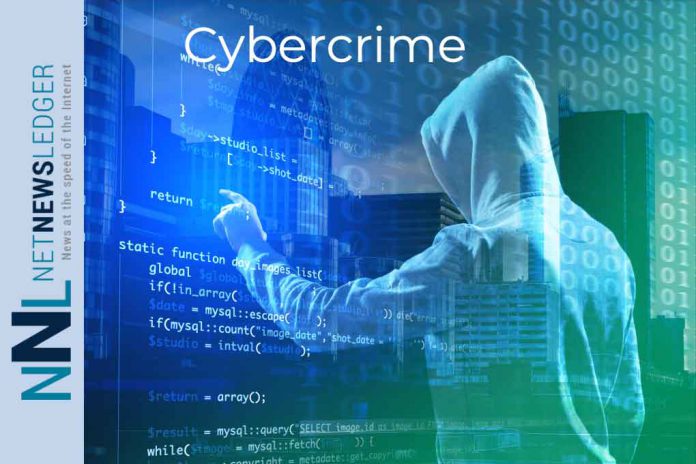
THUNDER BAY – TECH – For the truly nefarious, even a crisis is an opportunity. Canadian, American and European authorities have noticed an uptick in cybercrime incidents as more people work from home. Together, corporate and government employees could be facing billions of dollars in additional costs from ransomware, phishing or malware attacks.
Everyone knows the classic email from a Prince from another country needing all kinds of money to getaway. But cybercriminals are getting smarter. In fact, the briefing note states that as authorities and resources are focused on fighting the COVID-19 pandemic, now is the perfect time to target vulnerable internet users who may be working from home for the first time.
From phishing emails to misinformation, organizations from all around the world have seen a spike in cybercrime and scams. “To protect citizens and states, tools such as end-to-end encryption and zero-trust architecture need to be deployed in mainstream applications,” says author David Bruno, who is the founder and CEO of SafeSwiss, a global cybersecurity firm.
Standard solutions recommended by experts:
- End-to-end encryption (E2EE): This method facilitates the type of encrypted communication that only the sender and receiver can read or see.
- Zero-Trust Architecture (0-trust): This method goes further than simply encrypting the file, it stores it on a virtual server that is placed behind a firewall.
Combining these two cutting-edge techniques could deliver a platform government institutions, medical researchers and individuals need to safeguard their sensitive research information/data.
This white paper is a piece that was originally published by David Bruno in March 2020.
To read COVID-19 and CyberCrime: How rogue nations and cybercriminals are exploiting a global crisis, follow the link: https://www.northernpolicy.ca/covid-19-and-cybercrime






